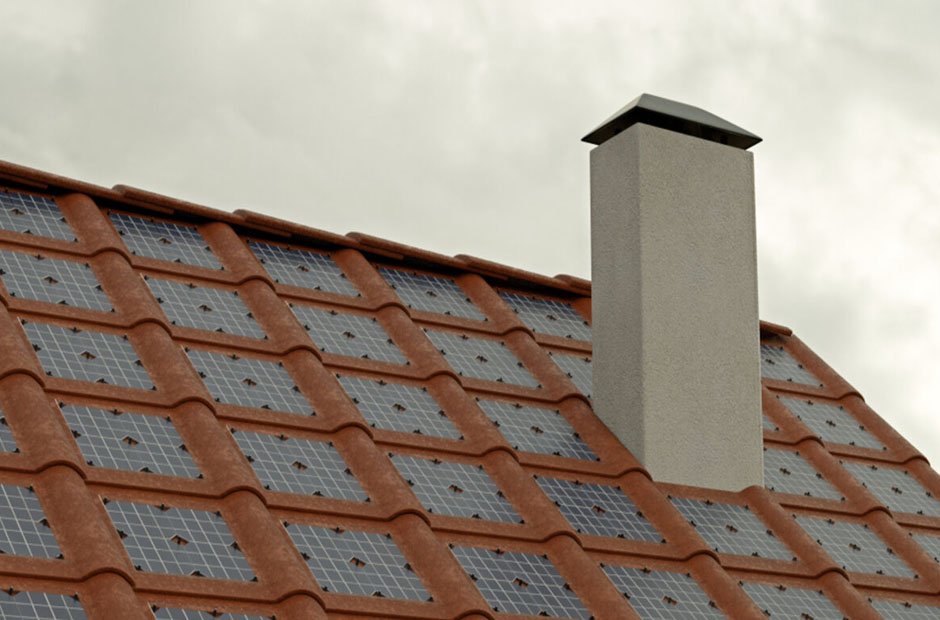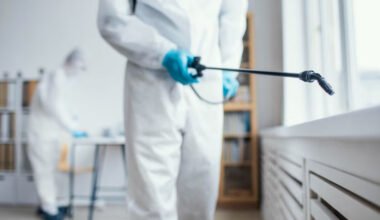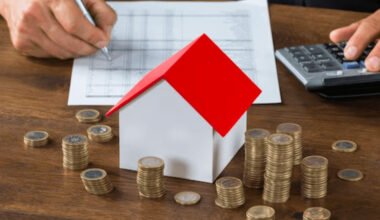Commercial buildings consume significant amounts of energy for heating, cooling, and lighting throughout the year. Traditional roofing systems often contribute to energy waste through poor insulation, heat absorption, and inadequate ventilation. Rising utility costs force business owners to seek innovative solutions that reduce operational expenses while maintaining comfortable working environments.
Modern roofing technologies offer substantial opportunities for energy savings through improved materials, design principles, and installation techniques. Energy-saving roof systems for businesses provide measurable reductions in utility consumption while enhancing building performance and employee comfort. This article explores how these advanced roofing solutions deliver tangible cost savings through various mechanisms.
Thermal Performance and Heat Reduction Strategies
Reflective roofing materials significantly reduce heat absorption compared to traditional dark surfaces. Cool roof coatings and light-colored membranes reflect solar radiation instead of absorbing it, keeping building interiors cooler during hot weather. This reduction in heat gain directly translates to lower air conditioning costs and reduced strain on HVAC systems.
Insulation performance plays a crucial role in thermal efficiency by creating barriers that prevent heat transfer. Advanced insulation materials with higher R-values provide better thermal resistance, maintaining consistent interior temperatures with less energy input. Proper insulation installation eliminates thermal bridging that allows heat to bypass intended barriers.
HVAC System Efficiency and Load Reduction
Energy-efficient roofing systems reduce the workload on heating and cooling equipment by maintaining more stable interior temperatures. When buildings require less energy to achieve desired comfort levels, HVAC systems operate more efficiently and experience less wear over time. This efficiency translates directly into lower energy consumption and reduced maintenance costs.
Proper roof design minimizes temperature fluctuations that force HVAC systems to work harder to maintain consistent conditions. Stable interior temperatures mean equipment runs for shorter periods and at more efficient operating levels. This consistent operation extends equipment life while reducing energy consumption.
Advanced Materials and Installation Techniques
Single-ply membrane systems offer superior thermal performance compared to traditional built-up roofing materials. TPO, EPDM, and PVC membranes provide excellent insulation properties while maintaining durability under various weather conditions. These materials often qualify for energy efficiency rebates and tax incentives.
Green roofing systems provide exceptional thermal performance through living plant materials that naturally regulate temperature. Vegetation absorbs solar radiation, provides evaporative cooling, and creates insulation layers that reduce heat transfer. These systems also manage stormwater runoff and improve air quality.
Lighting and Natural Illumination Benefits
Skylights and translucent roofing materials reduce artificial lighting requirements during daylight hours. Natural illumination can significantly decrease electrical consumption while providing better working conditions for employees. Modern skylight systems include energy-efficient glazing and automated controls that balance natural and artificial lighting.
Reflective roofing surfaces increase available natural light by bouncing solar radiation back into the atmosphere rather than absorbing it. This reflection can improve lighting conditions in surrounding areas while reducing the urban heat island effect. Better natural lighting reduces the need for artificial illumination during peak daylight hours.
Maintenance and Operational Efficiency
Energy-saving roof systems for businesses often require less maintenance than traditional roofing materials, reducing long-term operational costs. Durable materials withstand environmental stresses better, requiring fewer repairs and replacements over their service life. This durability translates into lower maintenance expenses and reduced business disruption.
Preventive maintenance programs become more cost-effective when roofing systems perform consistently over extended periods. Regular inspections and minor repairs prevent major problems that could compromise energy efficiency. Well-maintained energy-efficient roofing systems continue delivering cost savings throughout their service life.
Energy-efficient roofing systems provide multiple pathways for reducing business utility costs through improved thermal performance, HVAC efficiency, and lighting optimization. These systems deliver measurable savings while enhancing building performance and occupant comfort. The combination of advanced materials, proper installation, and ongoing maintenance creates sustainable cost reduction strategies.



